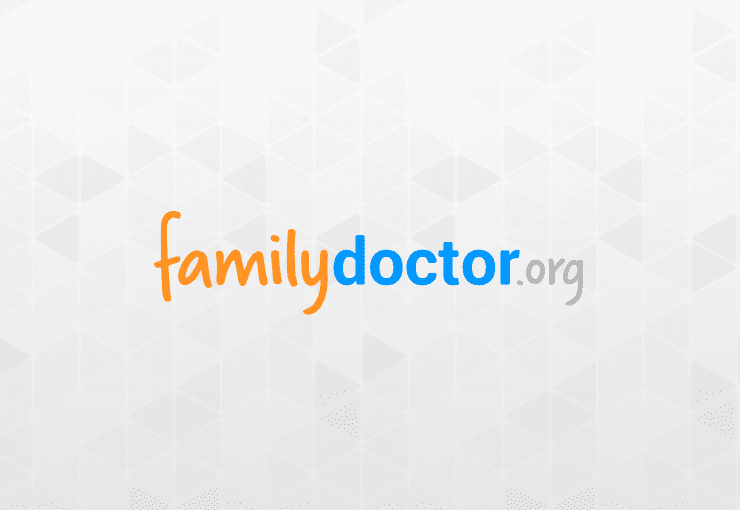Neck pain can be caused by injury, stress or by other health problems, including some that may have serious consequences. Follow this chart if you have been suffering from pain, stiffness, soreness or cramps in the neck.
American Academy of Family Physicians.
American Academy of Family Physicians.
Neck Pain
Step 1
Selecting A Symptom
- Abdominal Pain (Stomach Pain), Long-term
- Abdominal Pain (Stomach Pain), Short-term
- Ankle Problems
- Breast Problems in Men
- Breast Problems in Women
- Chest Pain in Infants and Children
- Chest Pain, Acute
- Chest Pain, Chronic
- Cold and Flu
- Cough
- Diarrhea
- Ear Problems
- Elimination Problems or Constipation
- Elimination Problems or Constipation in Infants and Children
- Eye Problems
- Facial Swelling
- Feeding Problems in Infants and Children
- Fever
- Fever in Infants and Children
- Foot Problems
- Genital Problems in Infants (Female)
- Genital Problems in Infants (Male)
- Genital Problems in Men
- Genital Problems in Women
- Hair Loss
- Hand/Wrist/Arm Problems
- Headaches
- Hearing Problems
- Hip Problems
- Knee Problems
- Leg Problems
- Lower Back Pain
- Menstrual Cycle Problems
- Mouth Problems
- Mouth Problems in Infants and Children
- Nausea and Vomiting
- Nausea and Vomiting in Infants and Children
- Neck Pain
- Neck Swelling
- Shortness of Breath
- Shortness of Breath in Infants and Children
- Shoulder Problems
- Skin Rashes & Other Skin Problems
- Throat Problems
- Tooth Problems
- Urination Problems
Step 2
Answering Questions
Have you had a neck injury?
Are you having pain or numbness that extends from your neck down your shoulder, arms, or legs?
Has pain come on slowly over a few hours after the accident or injury?
Do you have a fever, stiff neck, vomiting, and do normal amounts of light hurt your eyes?
Do you have throbbing pain or numbness down your shoulder or into your arm?
Do you have a stiff neck or are you having trouble moving your neck without pain?
Did you have a whiplash-type injury in the past, or do you have pain and/or stiffness every day in your neck, hands, knees, hips or other joints?
Do you feel a tender point or knot in your neck or upper shoulders that has associated pain into your neck or even associated with your temple and head?
Step 3
Possible Causes
Diagnosis
This may be MUSCLE SPASM or a BURNER, but it also may be an injury to the SPINAL CORD.
Self Care
URGENT
See your doctor or go to the emergency room right away. If your doctor diagnoses your problem as MUSCLE SPASM or a BURNER, use over-the counter medicine, such as acetaminophen or ibuprofen, to relieve pain, and apply heat to the sore area, as recommended by the doctor.Diagnosis
MUSCLE ACHES and SPASMS usually develop minutes to hours after an injury. These can often first be noticeable when you wake up the next morning after the accident or injury.
Self Care
Use anti-inflammatory medicines, such as ibuprofen and aspirin, to relieve pain and discomfort, and apply heat to the sore area. See your doctor if your pain gets worse or lasts for several days without getting better.
Diagnosis
Your symptoms may be from a simple viral illness or from MENINGITIS, a more serious infection around the brain.
Self Care
EMERGENCY
See your doctor or go to the emergency room right away.Diagnosis
You may have a HERNIATED CERVICAL DISC, when part of the cushioning part of the bony spine presses backward against a nerve. It may also be from MUSCLE SPASM.
Self Care
See your doctor. Use over-the-counter medicine, such as acetaminophen or ibuprofen, to relieve pain, and apply heat to the sore area. If your symptoms came on suddenly, see your doctor right away.
Diagnosis
Your pain is probably from MUSCLE SPASM, but also may be from RHEUMATOID ARTHRITIS, an inflammatory joint disease, or FIBROMYALGIA, a chronic condition affecting muscles and tendons. This also may be from a condition known as TORTICOLLIS or WRY NECK.
Self Care
Use anti-inflammatory medicines, such as ibuprofen or aspirin, and apply heat to the sore area. See your doctor if the pain or stiffness gets worse or doesn’t get better. Acupuncture or chiropractic treatment may also be helpful.
Diagnosis
Your pain may be from CERVICAL OSTEOARTHRITIS (CERVICAL SPONDYLOSIS), a disorder that affects the bones and cartilage in the neck.
Self Care
Use anti-inflammatory medicines, such as ibuprofen or acetaminophen. See your doctor if the pain or stiffness gets worse or doesn’t get better.
Diagnosis
These are known as TRIGGER POINTS and occur often with people that type or write for work.
Self Care
Provide good forearm support when typing and writing. Arm rests can help, or have the keyboard pushed back from the edge of the desk or table to allow your forearms to be supported. Acupuncture, stretching, or massage therapy can also potentially help.
Self Care
For more information, please talk to your doctor. If you think the problem is serious, call your doctor right away





